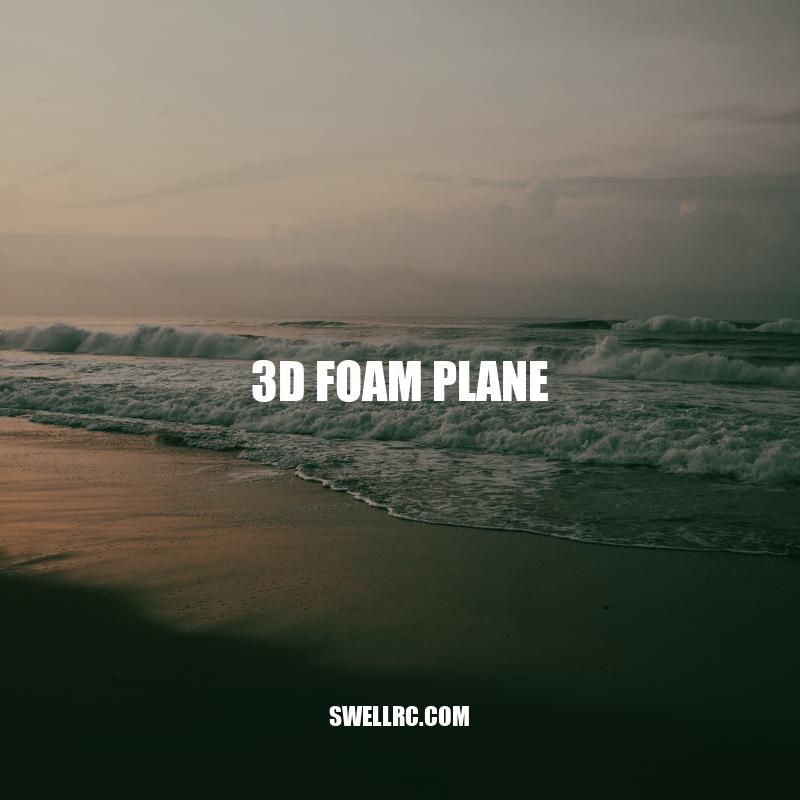Mastering the art of 3D Foam Plane Building and Flying
A 3D foam plane is a type of remote-controlled aircraft that has gained popularity among hobbyists in recent years. Made entirely of foam, these planes are lightweight yet durable, allowing for impressive aerial maneuvers and acrobatics. Building and flying a 3D foam plane requires skill and creativity, making it a rewarding hobby for those who enjoy both design and mechanics. In this article, we’ll explore the materials and tools needed to build a 3D foam plane, the techniques for constructing and flying it, and the safety guidelines to follow to ensure a successful and enjoyable experience.
Materials and Tools for Building a 3D Foam Plane
The types of foam and tools used in building a 3D foam plane are essential to ensure a successful and long-lasting aircraft. Here are the different types of foam used and the necessary tools for building a 3D foam plane.
- Types of foam used:
- Expanded polystyrene (EPS)
- Expanded polypropylene (EPP)
- Depron foam
- Necessary tools for building:
- Hot wire cutter
- Utility knife
- Scissors
- Sandpaper
- Glue gun
- Carbon fiber rods
- Pushrods
- Servo motors
- Battery
- Receiver
In selecting the right materials and tools, here are some of the tips to consider to ensure that the build will be a success. Research online to find the best foam type for your build. Read product reviews from other builders. Choose tools that match your skill level and budget. Invest in quality tools that will last for multiple builds.
Don’t forget to check product reviews and online guides to help you create your 3D foam plane. Websites like FoamFlyer.info and FliteTest.com offer plenty of resources and tools to help you create your 3D foam plane.
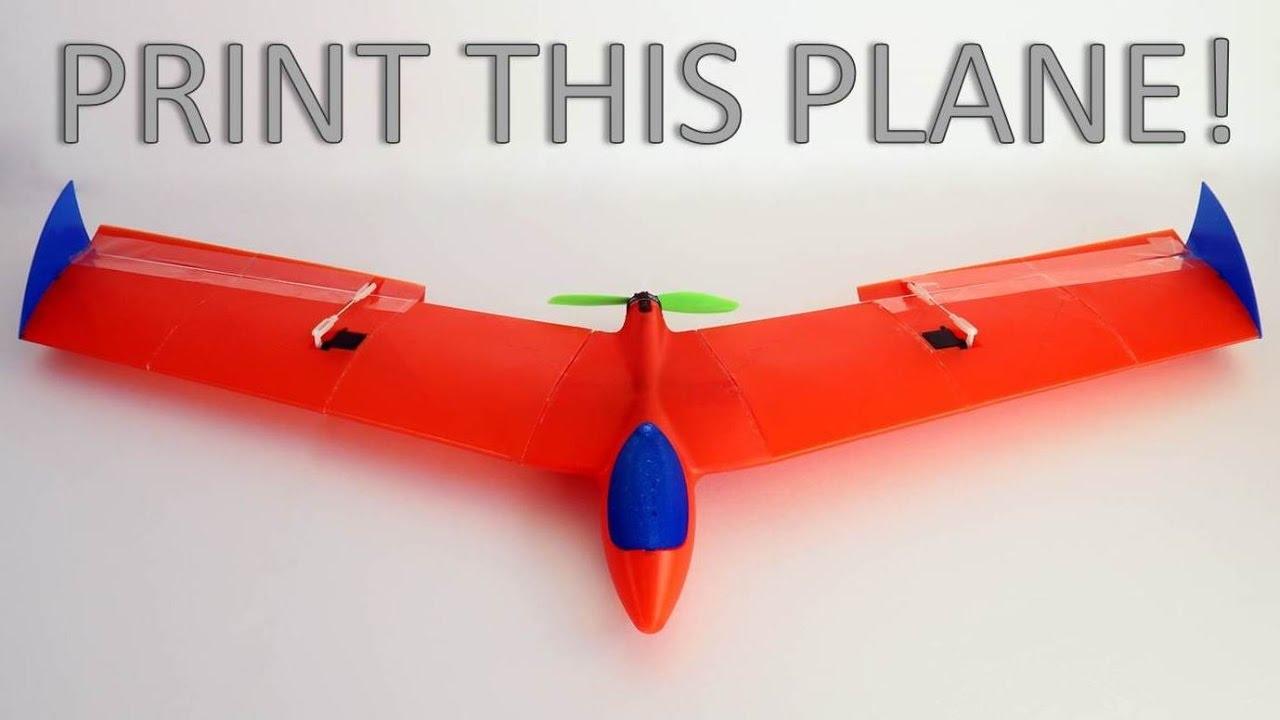
What are some tips for selecting the right materials and tools for building a 3D foam plane?
Some tips for selecting the right materials and tools for building a 3D foam plane include choosing lightweight foam that is durable, selecting high-quality cutting tools, using a hot glue gun for strong bonds, and selecting appropriate hardware and electronics for the plane’s operation.
Advanced building techniques.
Building a 3D foam plane can range from simple to complex depending on the design and building techniques used. Basic steps include designing, cutting, sanding, gluing, and installing the necessary components. However, advanced building techniques such as 3D printing and intricate detailing can add a new level of creativity to the build. When building your design, consider the level of difficulty and flight characteristics. Creating a simple delta wing design is perfect for beginners, while a scale reproduction design is challenging for the more advanced builder. Don’t forget to check resources such as RCGroups.com and RCGeeks.com for more tips and suggestions.
The first step in building a 3D foam plane is to design the plane using 3D software or a template. Once the design is complete, the foam pieces can be cut out using a hot wire cutter or a utility knife. Sanding the edges of the foam will achieve a clean finish. The foam pieces can then be glued together using a glue gun. Carbon fiber rods or pushrods can be added for support and control. Servo motors can be installed and connected to the receiver and battery. Finally, it is important to balance and adjust the plane for proper flying.
Advanced building techniques for 3D foam plane include using a 3D printer to create custom parts and designs. Intricate details such as landing gears, canopies, and winglets can also be added to the plane. Experimenting with different foam thicknesses and shapes can also improve flight performance. For example, an airfoil wing design is intermediate in difficulty and aerobatic, whereas a scale reproduction design is advanced and offers a realistic flight experience.
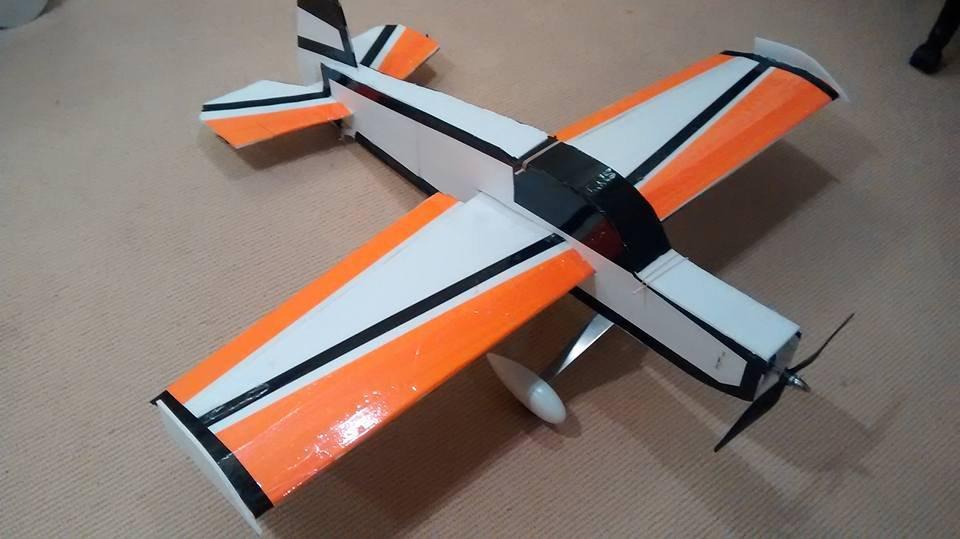
What are some advanced building techniques for creating a 3D foam plane?
Some advanced building techniques for creating a 3D foam plane include using computer-aided design software, precision cutting tools such as a hot wire cutter or laser cutter, incorporating reinforcement materials such as carbon fiber, and utilizing complex RC electronics for remote control.
Mastering Flight Maneuvers with a 3D Foam Plane
Flying a 3D foam plane can be an exhilarating experience due to its unique characteristics. The lightweight and durable foam material allows for advanced aerobatic maneuvers such as hovering, harriers, and torque rolls that cannot be performed with traditional RC planes. Proper balance and trimming are also crucial for optimal flight performance. Simple adjustments such as changing the pushrod length or control horn position can make a big difference in flight performance. When practicing and improving flight maneuvers, start with the basics and gradually progress to more advanced maneuvers in a safe and spacious area with minimal distractions and obstacles. Additionally, online resources such as FlyingGiants.com and RCUniverse.com offer helpful tips and forums for 3D foam plane enthusiasts.
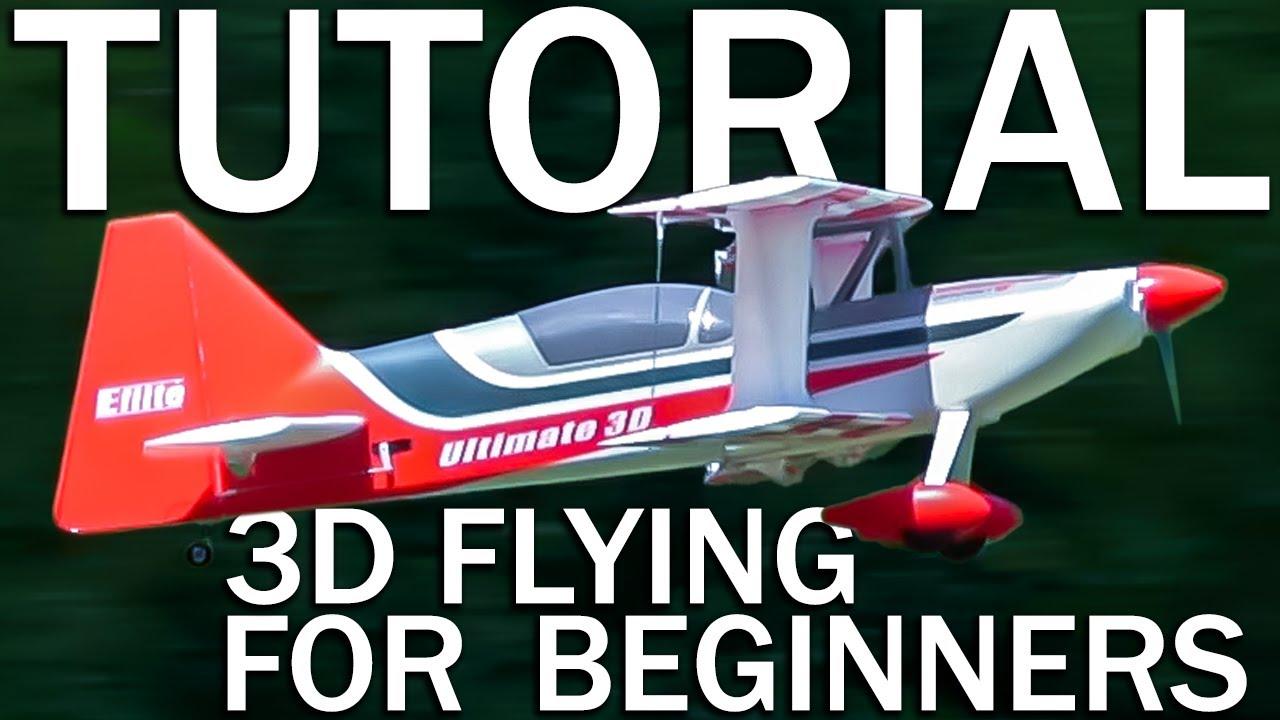
What are some tips for improving flight maneuvers with a 3D foam plane?
Some tips for improving flight maneuvers with a 3D foam plane include practicing regularly in open spaces, adjusting control surface throws, using high quality batteries, and experimenting with different weight distributions.
`Get creative with custom designs and modifications for 3D foam planes`
Building and flying a 3D foam plane can be an exciting and innovative hobby for RC enthusiasts. With foam as the main building material, these planes are lightweight, easy to assemble, and cost-effective.
One of the main advantages of 3D foam planes is the ability to experiment with custom designs and modifications. Builders can get creative with unique paint and decal designs to customize the look of the plane. Modifications can also be made to suit individual flying styles and preferences, such as optimizing the plane for specific performance characteristics like speed or aerobatics.
Another advantage of 3D foam planes is the unlimited design possibilities. These planes can be designed to look like real planes or have wild and imaginative designs. The use of computer-aided design (CAD) software can help with precision and accuracy in building. Builders can also experiment with unusual shapes and configurations to push the boundaries of 3D foam plane design.
For those seeking inspiration, there are various resources available in the 3D foam plane community. Websites like 3dFoamy.com and FoamFly.com offer free plans and tutorials for building 3D foam planes. Online forums and social media groups provide a place to connect with other builders and share design ideas. Top builders in the community, such as Seth Arnold and Chris Jewett, offer inspiration through their impressive builds and videos.
In conclusion, building and flying a 3D foam plane can provide an outlet for creativity and experimentation. The ability to customize and modify the design allows builders to tailor their planes to their preference, while the unlimited design possibilities make the hobby exciting and innovative. With a wealth of resources and inspiration available, anyone can get started with building and flying 3D foam planes.
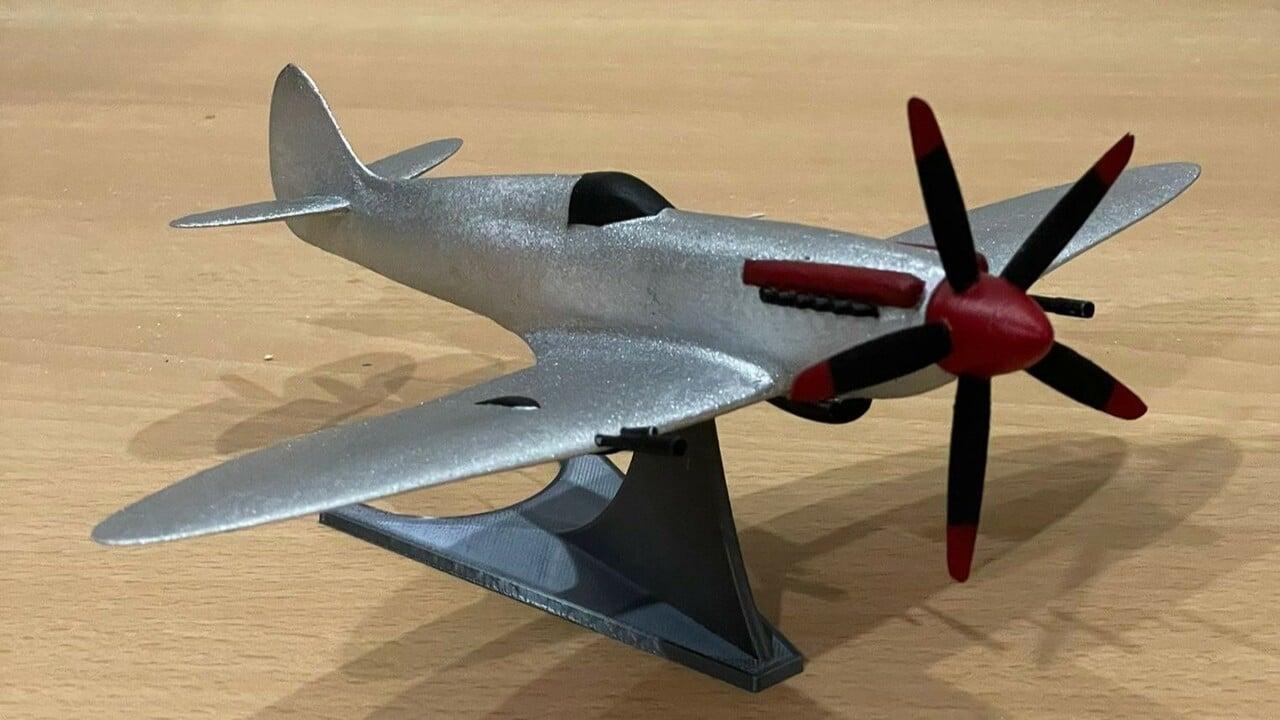
What resources are available for building and designing 3D foam planes?
Some resources available for building and designing 3D foam planes include online forums, tutorial videos, and specialized software programs for creating 3D models. There are also numerous online stores that sell foam plane kits and materials for custom builds.
Do not fly
While building and flying a 3D foam plane can be a fun and rewarding hobby, it is important to follow certain safety precautions. Always wear eye protection when cutting foam and use a hot wire cutter in a well-ventilated area to avoid inhaling fumes. Be cautious of glue gun burns when building the plane. Proper storage and transport can help prolong the life of the plane. Store the plane in a dry and cool place away from extreme temperatures, and use a protective case or cover during transport and storage.
It is also important to abide by local laws and regulations regarding drone and RC aircraft use. Check local laws and regulations before flying, and avoid flying in restricted or no-fly zones such as airports or near emergency response areas. Always fly in a safe and courteous manner, giving priority to other airspace users such as manned aircraft and birds.
When it comes to choosing the right 3D foam plane kit, there are several options available on the market. Some popular brands include FPVModel Panther 110 RC Plane Kit, FMS Easy Trainer 800 V2 800mm (31.5″) Wingspan PNP, and Value Hobby XPD-8 Foam ARF Kit. It is important to do research, read reviews, and consider your skill level and flying needs when choosing a kit.
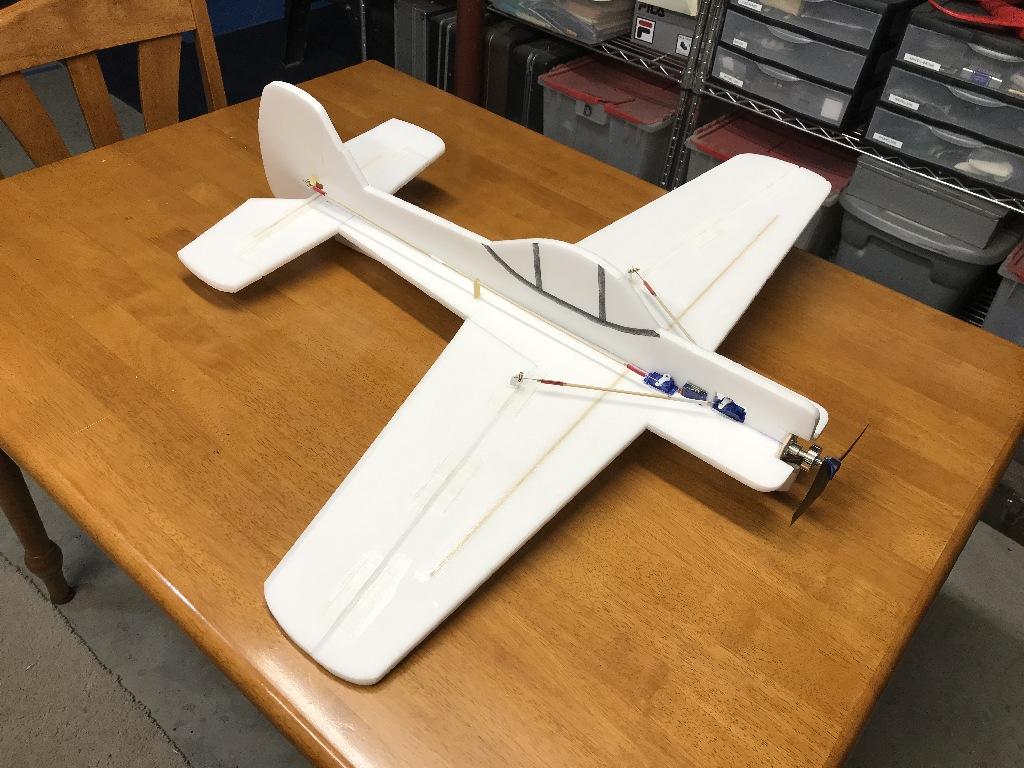
What are some popular brands of 3D foam plane kits?
Some popular brands of 3D foam plane kits include Flite Test, HobbyKing, and E-flite.
Conclusion
In conclusion, 3D foam planes offer a fun and rewarding hobby that anyone can enjoy. Building and flying one can be a satisfying experience that allows for limitless creativity and customization. With the right materials, tools, and techniques, anyone can create a unique and stunning 3D foam plane design. Additionally, with the emergence of online communities, there are plenty of resources and inspiration available to help guide and support beginners to advanced builders.
Whether you are looking for a relaxing weekend project or the thrill of flying a high-performance aircraft, 3D foam planes are sure to provide a great experience. However, it is important to remember to follow safety precautions and abide by local laws and regulations when building and flying. By doing so, you can ensure a safe and enjoyable hobby experience.
So why not give 3D foam planes a try? You may just have discovered your new favorite hobby!

